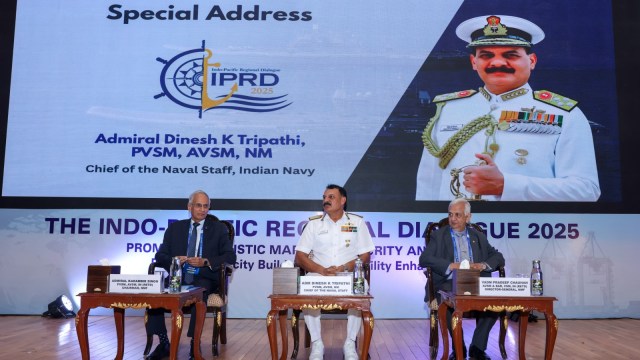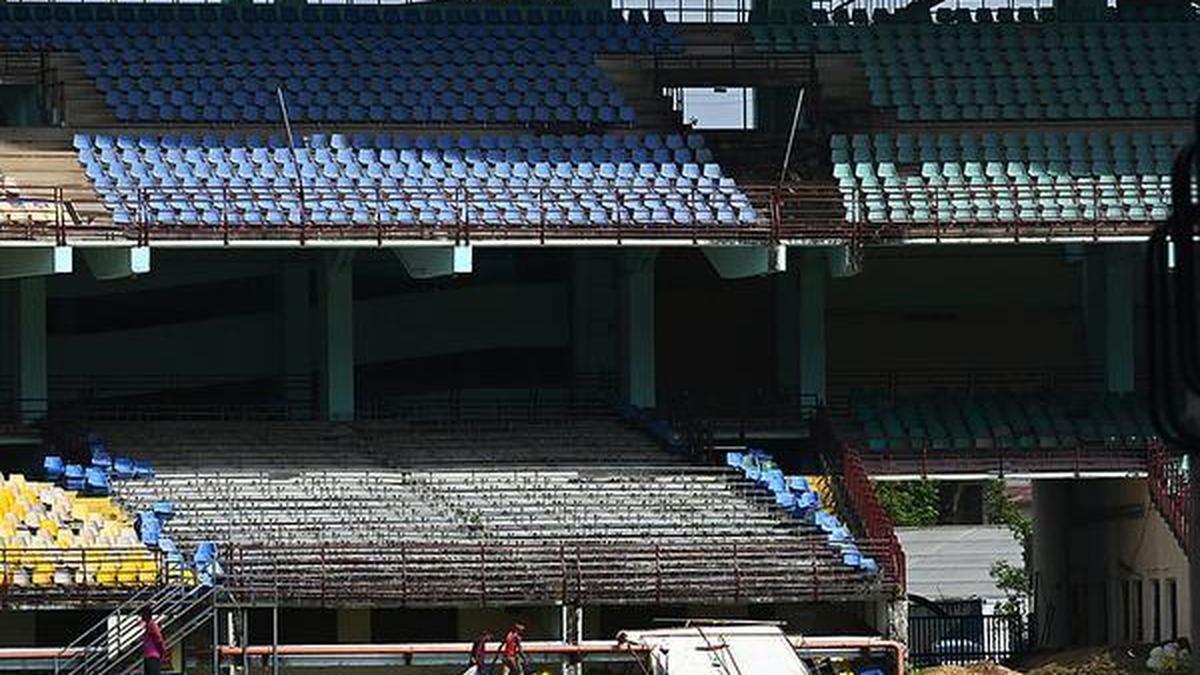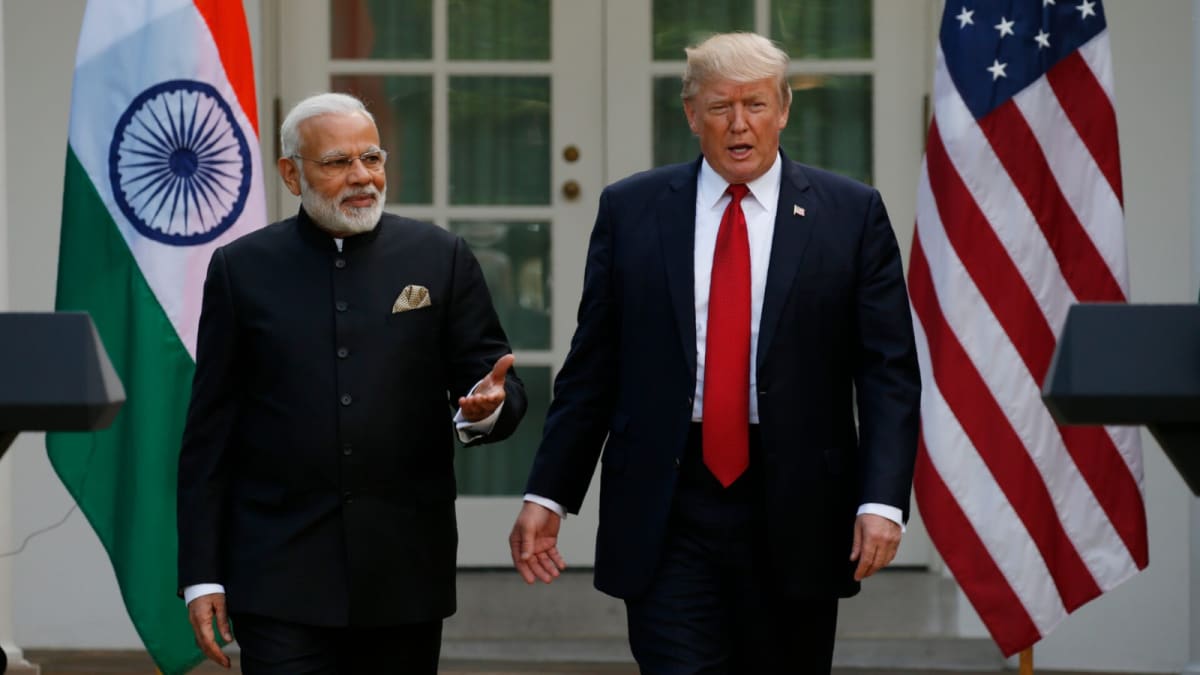ARTICLE AD BOX
 Navy Chief Admiral Dinesh K Tripathi on Tuesday. (Photo: Indian Navy)
Navy Chief Admiral Dinesh K Tripathi on Tuesday. (Photo: Indian Navy)
Maritime security can no longer be confined to the narrow framework of threat containment, Indian Navy Chief Admiral Dinesh K Tripathi said Tuesday, highlighting the need to view it as a dynamic and complex challenge in an era marked by shifting global alignments.
Artificial intelligence, autonomous systems, and commercial satellites are now reshaping maritime awareness and response strategies, the Navy Chief said in his address at the Indo-Pacific Regional Dialogue (IPRD) 2025, which kicked off on Tuesday.
He said for centuries, the seas have been humanity’s oldest highways, carrying not just commerce and culture but also curiosity and courage. He said there are three currents that define the dynamic and complex challenge before maritime security: Commercial disruption, transnational turbulence and technological acceleration.
On commercial disruption, he said, “Global seaborne trade is showing signs of strain due to conflicts, coercion, or catastrophe. According to a recent report, global seaborne trade growth is projected to stall to 0.5% in 2025 – a sharp drop from 2.2% in 2024. Such a contraction does not indicate slowed commerce, it signals strategic fragility.”
On transnational turbulence, Admiral Tripathi said, “The seas are witnessing a surge in activities that blur the lines between competition, crime, and conflict. Illegal, Unreported and Unregulatedfishing, piracy, arms and narcotics trafficking, and human smuggling have emerged as major maritime stressors.”
On technological acceleration, he said disruptive technologies have dissolved the traditional barriers of scale and sophistication. “Artificial intelligence, autonomous systems, and commercial satellites are now reshaping maritime awareness,” he added.
Highlighting the expanding role of the Information Fusion Centre-Indian Ocean Region (IFC-IOR) in Gurugram, which currently hosts 15 International Liaison Officers (ILOs), he said, “Our aim is to enhance IFC-IOR’s capacity to host about 50 ILOs by 2028.”










 English (US) ·
English (US) ·